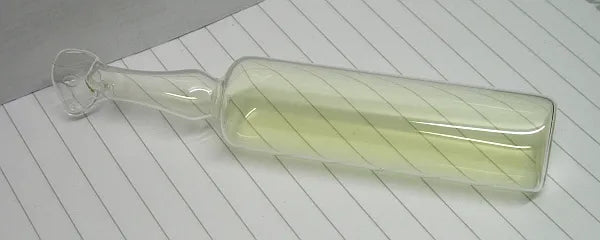All about Chlorine

Chlorine (Cl), in its natural form, is an incredibly reactive yellow-green gas. Fortunately, most chlorine is tied up in chloride salt compounds such as table salt (NaCl, sodium chloride). Chloride is very abundant on earth, particularly, in the form of salt in the Earth's vast oceans and seas.

In plants, chloride plays a role in the opening and closing of the stomata, particularly in order to avoid too much water loss as availability of water goes down. Chloride also plays a part in enzyme activity, photosynthesis, and transportation of water and other nutrients across cell walls.
Chlorine is a mobile element. A deficiency of chloride affects leaf tips and edges which turn a bronze colour and burn. Younger shoots and leaves can take on a much paler appearance and they often wilt and wither as they struggle with efficient water usage. Root development is usually affected.
In excess, chloride causes similar symptoms to a deficiency of it: bronze coloured leaves with burned leaf tips and edges. Wilting often happens.

